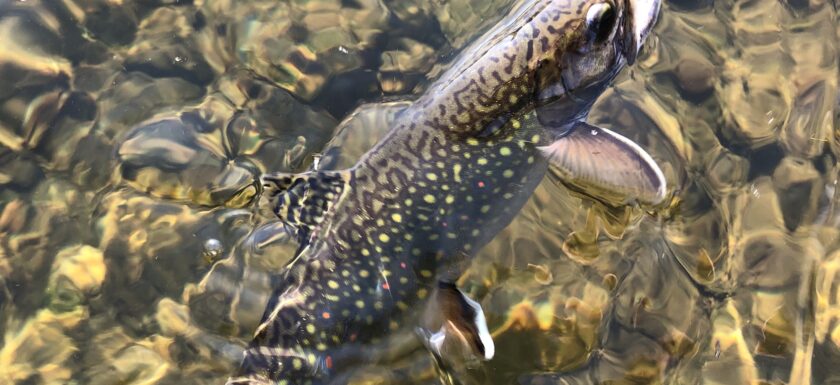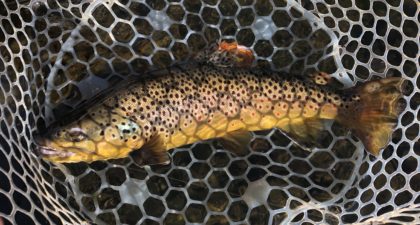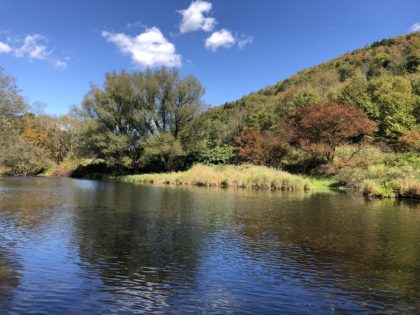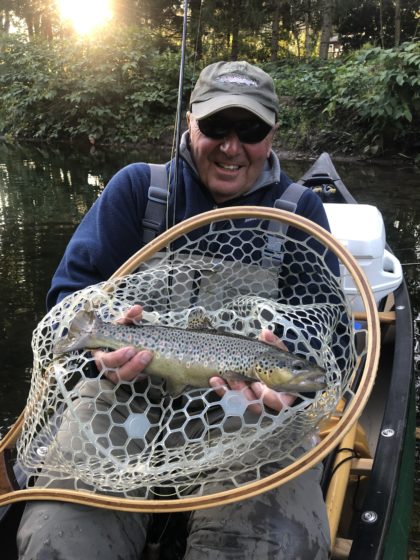
On a tailwater river I fish often the consistent and large hatches decline in early July. By mid August there are just a few reliable species of mayflies hatching each day. As the month progresses these hatches become unreliable and can disappear. The flies tied to replicate these mayflies are dressed on size 18 to 22 hooks and consist of sulphur, olives and tricos.

Mid summer will find the river quiet. The bulk of fly fishermen have abandoned the banks. As summer ends and the shorter days and cooler nights begin, the insect activity begins to pick up again. Angling pressure does not.
In the sporting world there is much to anticipate and prepare for as September arrives. Sportsmen turn their attention to hunting. Hunting season has begun to overtake my frontal lobe but I am still interested in dry fly fishing.

The short days and cold nights bring descending water temperatures and larger and more reliable hatches coincide. The trouts’ spawning instincts kick-in and they develop hooked jaws, deep golden flanks, bright red spots and a noticed change in attitude.
Fall trout seem to feed incessant and in turn let their guard down. The flies are tiny, the leaders are long and the tippet is as thin as human hair.

Dry fly angling for early Autumn trout is a fine art. It is, in my opinion, the finest form of fly fishing. The leaves turn color, the light of the mid-September sun glints unique upon the riffles and the ducks begin to flock and fly up and down the river…Becoming ready for the migration. The angler, wading and casting, becomes an active observer, a part of the change of season.
Peace
Mike
